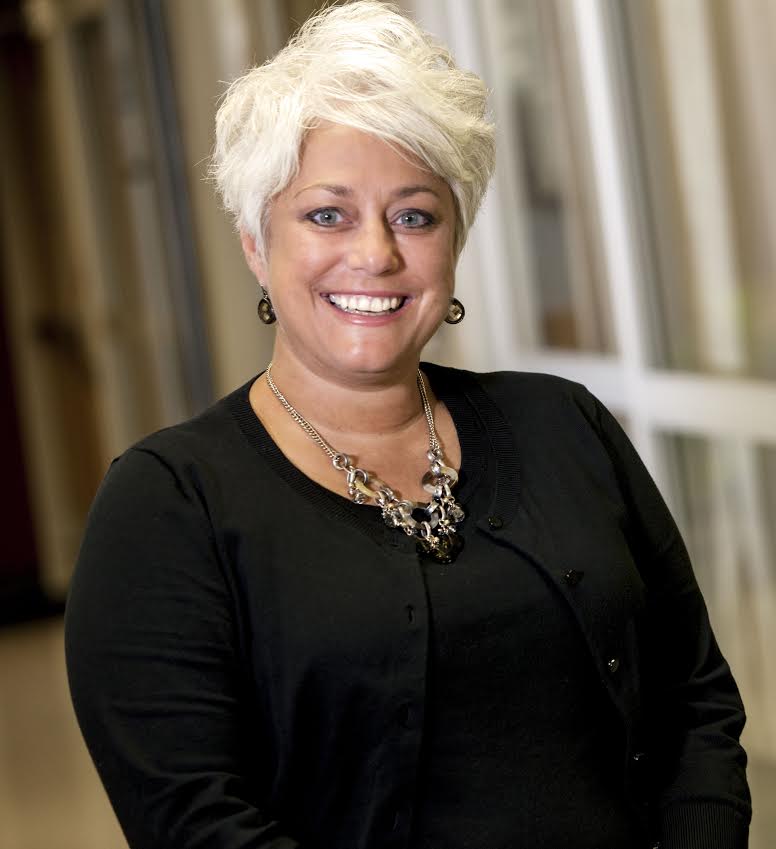From 2005 to 2015, nearly 45 percent of all spine cases were performed on an outpatient basis, a stark increase from only 5 percent of cases in 2005. While surgeons are increasingly performing outpatient spine procedures, not every center is sufficiently prepared to add spine to their list of offerings.
 "Not every ASC is in a position to be doing every kind of (spine) procedure," says Deb Yoder, MHA, BSN, RN, CNOR, director of clinical operations for Surgical Management Professionals. "It takes insight, engaged physicians and an administrator who wants to make sure it works along with a willing clinical and business staff."
"Not every ASC is in a position to be doing every kind of (spine) procedure," says Deb Yoder, MHA, BSN, RN, CNOR, director of clinical operations for Surgical Management Professionals. "It takes insight, engaged physicians and an administrator who wants to make sure it works along with a willing clinical and business staff."
Here are five considerations when devising a successful spine program.
1. A team is only as strong as its weakest member. Surgeons may be fully prepared to perform spine procedures, but unless every staff member is well-versed in what it takes to run a successful spine program, the ASC should reconsider adding spine as a specialty. "I don't doubt surgeons can do the cases in an ASC," Ms. Yoder explains. "However, staff has to have the skill-sets to provide the best care needed related to each individual patient's need."
2. Engage your anesthesiologist. During spine surgery, anesthesiologists are administering care to patients who are often in compromising positions. Patients are frequently lying in a prone position posing challenges for the anesthesiologists and airway management. "If you have anesthesiologists who do not believe this type of procedure should be performed in the ASC, there will be core conflict and difficulty for the center to support the program," Ms. Yoder says. "Have conversations with them early on in the process to make sure everyone is on the same page, good patient criteria are established and everyone agrees on the end goal."
3. Assess the need. Whether or not you're opening an ASC in a state requiring a certificate-of-need, it is imperative to ensure the community needs the spine services you're offering. Evaluate what other ASCs and hospitals in the region are offering, and whether the anticipated profits will outweigh the total cost of adding spine to your repertoire of procedures. "You have to understand not only what is needed at your given site, but what the needs are in your region," Ms. Yoder explains. "You have to determine if the expense of buying the additional equipment for spine is going to be beneficial in the long run. Just because there is desire – doesn't make it profitable if your insurance carriers or self funded largest work groups are in bed with another center. The demographics and patient volumes need to be researched to understand if the service line can be sustained."
4. Make sure patients are prime candidates. The cost savings and ease associated with performing spine in an ASC attracts many patients. Literature detailing why spine is suitable in an outpatient setting is becoming more widely available, and patients will likely follow suit and pursue outpatient surgeries.
While centers can profit tremendously for this influx of cases, each patient's health should be considered to evaluate if they are suitable for outpatient surgery. "A potential patient may have chronic underlying issues (respiratory needs, high BMI, brittle diabetic)," Ms. Yoder says. "They may not be good candidates because of underlying chronic conditions, even if there is a CMS-approved code for the procedure."
5. Get the best equipment and implants for the best prices. Have your center's providers negotiate with vendors so they can get the best prices without compromising quality. Engaging vendors will prove profitable for the center, and profitable for the patients. Engaged physicians demonstrate to vendors they are serious about the service line and performing the procedures in the ASC.
More healthcare news:
7 things for ASC leaders to know for Monday — April 18, 2016
Spine ASC expansion, data collection & growth: Key thoughts on Laser Spine Institute's future from CEO David Pillsbury
Leading 10 secondary incomes for physicians

